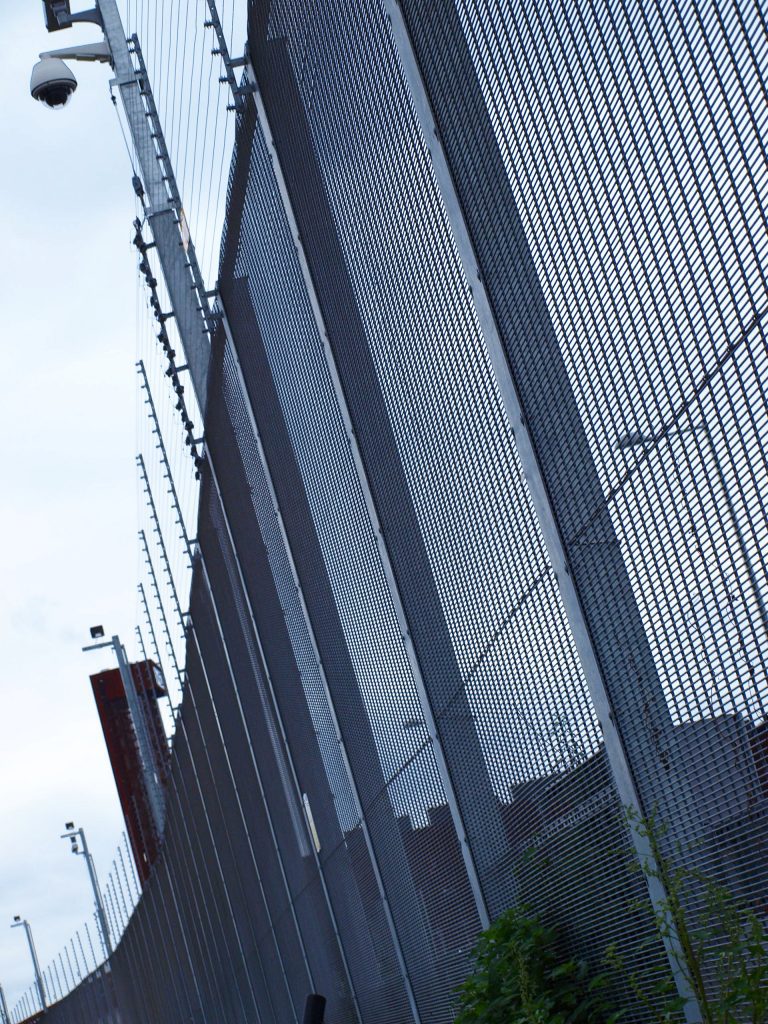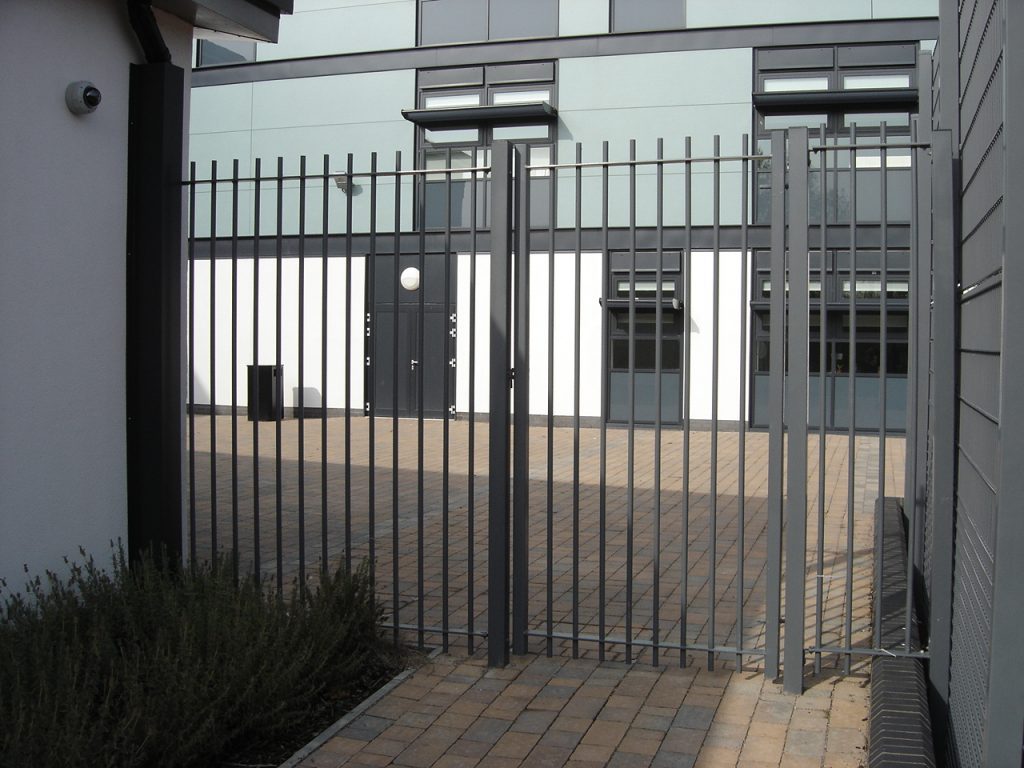A baboon caused mayhem at the Port Lympne Reserve in Kent recently when it broke through an electric fence and escaped his enclosure.
Baboons are known for their aggression, and the response to the incident was swift. The whole park was locked down, visitors were taken to safe areas, and the animal was hunted down and sedated. The zoo will now look carefully at their security, as an animal on the loose is never good for business.
Electric security fencing was designed to keep the baboons and people apart. Still, the fencing was intended to discourage the Guinea baboons. So the shock it delivered was not nearly severe enough to prevent this particularly determined animal from breaking the fence and making a break for it.
Elsewhere this week, a tiger escaped its enclosure in the Nehru Zoological Park, Hyderabad, India. In June, another tiger escaped in Tbilisi, Georgia, killing one man and injuring another before police sharpshooters killed it.
There are countless other stories on the web of animals escaping, reaching through fencing that did not have a sufficient perimeter and injuring visitors and even people committing ‘suicide by a lion’, wandering into the enclosure and being taken by big cats.
Zoos and reserves face an interesting challenge, then. Visitor safety is paramount, and the zoo cannot afford to have animals on the loose or people wandering into the enclosures, which happens more often than you might think in zoos around the world.
The obvious solution, though – turning the enclosure into a prison cell – would draw widespread condemnation. Not only would visitors’ experience be unpleasant, but it would also look like cruelty and would undoubtedly draw criticism worldwide. So the enclosures have to look as natural as possible while allowing visitors the best chance of an unimpeded view. This is a real engineering challenge.
Then, security fencing at the zoo is a very different proposition to standard security fencing that has to keep out intruders. It must be subtle, it must be camouflaged, and it absolutely cannot fail. It must, therefore, be designed and fitted by experts.
Zaun has provided fencing for many Zoo’s around the UK, including Chester Zoo, Isle of Wight and London Zoo, keeping the animals and visitors safe. Zaun’s fences have been used to protect various animals, from lions and tigers to zebras and hippos.
Looking for Fencing for Baboons? Contact Zaun today!




